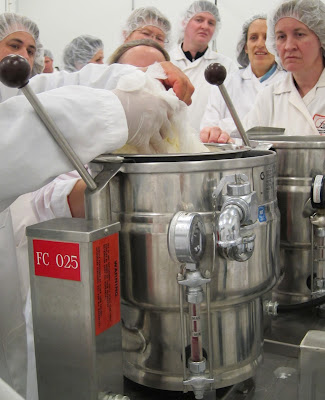Switch: How to Change Things When Change is Hard - Part One

The Heath brothers outline three key ingredients for change. First of all, there is the human component. The Rider is the rational, reflective, deliberative side of human behaviour. His counterpart is the Elephant, the emotional, instinctive side of human behaviour. Finally, there is the Path, the environment or situation surrounding the human players.
You can bring about change by Directing the Rider, Motivating the Elephant, or Shaping the Path.
Direct the Rider
Find the Bright Spots.
Riders tend to focus their attention on what isn’t working rather than identifying what is. In addition, they spend a great deal of time trying to find big solutions for big problems rather than recognizing the value of applying small-scale solutions over an extended period of time.
Change will happen more easily by focussing on the bright spots. Study the data to find the unusually positive performers and determine what they do that is different from the “normal” way of doing things. Then try and reproduce it.
Jerry Sternin was sent to Vietnam by Save the Children and told that he had six months to reduce the levels of childhood malnutrition. He didn’t have time to resolve the underlying problems of poverty and inadequate sanitation systems. Instead, he went to a village and observed what the parents fed their children. Most of the children ate rice twice a day like their parents. But a few families fed their children four times a day, and included unusual foods like shrimps and crabs and greens. These children weren’t suffering from malnutrition. Sternin helped the families to form cooking circles to learn and implement these better practices.
Script the Critical Moves
The Rider is a thinker and a planner, but he has a tendency to spin his wheels and delay making a decision. When Riders thinks too much, it results in decision paralysis. “Ambiguity is the enemy. Any successful change requires a translation of ambiguous goals into concrete behaviours. In short, to make a switch, you need to script the critical moves.”
Two researchers in West Virginia wanted to find ways to encourage people to eat more healthily. They knew that people were more likely to change when the required change was crystal clear. But there are countless ways in which to eat more healthily. How could they single out one specific action? They realized that most Americans drink milk. If Americans switched from whole milk to 1% or skim milk, they would immediately be in line with the USDA recommended levels of saturated fat. The researchers initiated an advertising campaign promoting the benefits of drinking 1% milk, and the market share of low-fat milk doubled.
Point to the Destination
Change is easier when you know where you’re going. Provide the Rider with a destination postcard – a vivid picture from the near-future that shows what is possible – and he will apply his strengths to figuring out how to get there.
An effective destination will pass the Champagne Test as it will be clear when you have arrived at your destination (e.g. put a man on the moon). Focussing on an outcome rather than a process is more motivational (“0% hospital-acquired infections” vs. “100% handwashing compliance”). If backsliding is a problem, choose a black and white goal (e.g. “always return a support call within 24 hours”).
Part Two: Motivate the Elephant
Part Three: Shape the Path




Comments